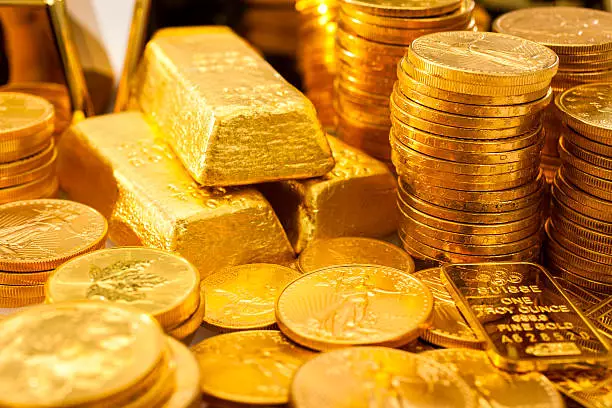Gold has recently witnessed a significant surge, with prices surpassing the $2700 per ounce mark. This movement is largely attributed to a confluence of factors, including heightened geopolitical tensions in the Middle East and an increasing consensus among economists regarding impending global interest rate cuts. As central banks around the world, particularly the US Federal Reserve, indicate a shift toward looser monetary policy, gold emerges as an increasingly attractive investment option. The London Bullion Market Association’s predictions only add fuel to the fire, suggesting gold could reach $2941 per ounce within the next year.
The recent assassination of key Hamas leaders, including Yahya Sinwar, has escalated fears of a broader conflict in the Middle East. This situation creates an environment of uncertainty, which traditionally drives investors toward gold as a safe-haven asset. Historical patterns reveal that during periods of geopolitical instability, gold prices tend to rise as investors seek the security of tangible assets, away from the volatility of equity markets or currencies. The Israeli government’s warnings of potential military action against Iran further contribute to the precariousness that surrounds the region, leading to increased investment in gold.
It is not just political turmoil that is fueling gold’s ascent; economic factors play a crucial role as well. Central banks are signaling a willingness to cut interest rates, creating a favorable environment for gold. Lower rates diminish the opportunity cost associated with holding non-yielding assets like gold, making it a more attractive option for investors. The economic landscape is shifting, and data from both the UK and major players like the European Central Bank has amplified expectations for rate cuts. A weak US dollar, resulting from disappointing housing data, may also provide additional support to gold prices, further distancing it from the influences of the traditional fiat currency systems.
Despite the bullish sentiment surrounding gold prices, technical analysis reveals some indicators of caution. The Relative Strength Index (RSI) readings are entering overbought territory across multiple timeframes, suggesting that the current price rally might be overextended. This raises the possibility of profit-taking, which could limit further price increases in the short term. While gold currently finds immediate support at around $2700, critical levels such as $2685 and $2673 are also worth monitoring as potential price stalls.
Furthermore, resistance levels need careful consideration; today’s high around $2717 could serve as a critical point, followed by pivotal resistance at $2725 and $2750. These technical thresholds can dictate market behavior in the near term, particularly as traders assess both geopolitical developments and the implications of economic policy.
As we gaze toward the horizon of the US elections, another layer of uncertainty looms. The political climate can significantly influence investment strategies. Investors often gravitate towards gold in times of election-year volatility, where uncertainty around leadership could affect monetary policies and economic forecasts. The current landscape fosters speculation, ensuring that gold remains a focal point for investors wary of market fluctuations caused by political shifts.
The current trajectory of gold prices underscores a compelling narrative shaped by both global economic conditions and geopolitical tensions. The momentum driving gold seems robust, buoyed by expectations of monetary easing and international uncertainties. While technical indicators suggest a cautious approach is warranted, the overarching market sentiment—characterized by fear and desire for stability—continues to drive interest in this precious metal. As global dynamics evolve, gold remains a central theme within the investment discourse, promising further intrigue and opportunity for traders and investors alike.


Leave a Reply